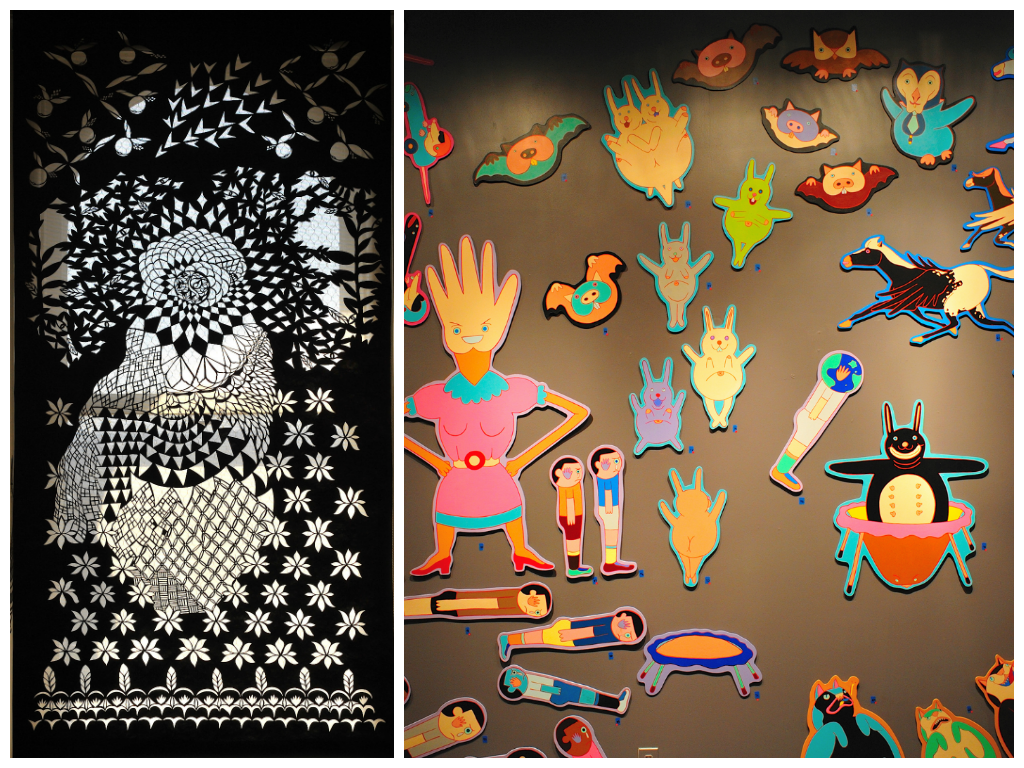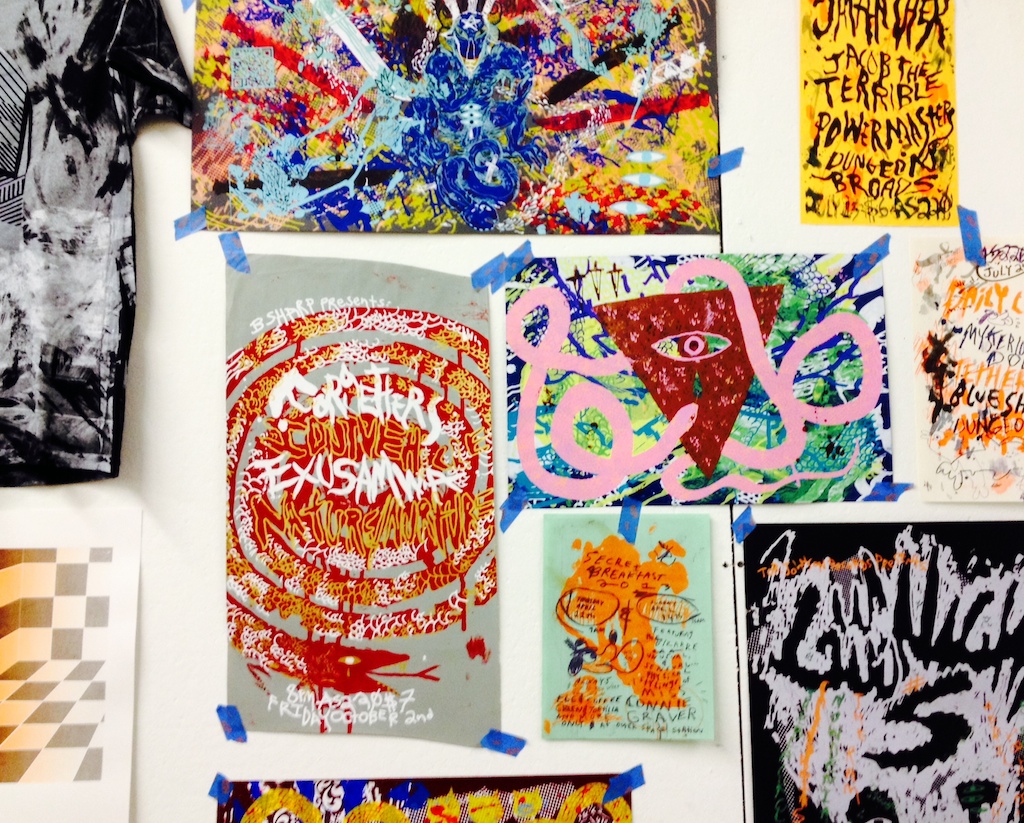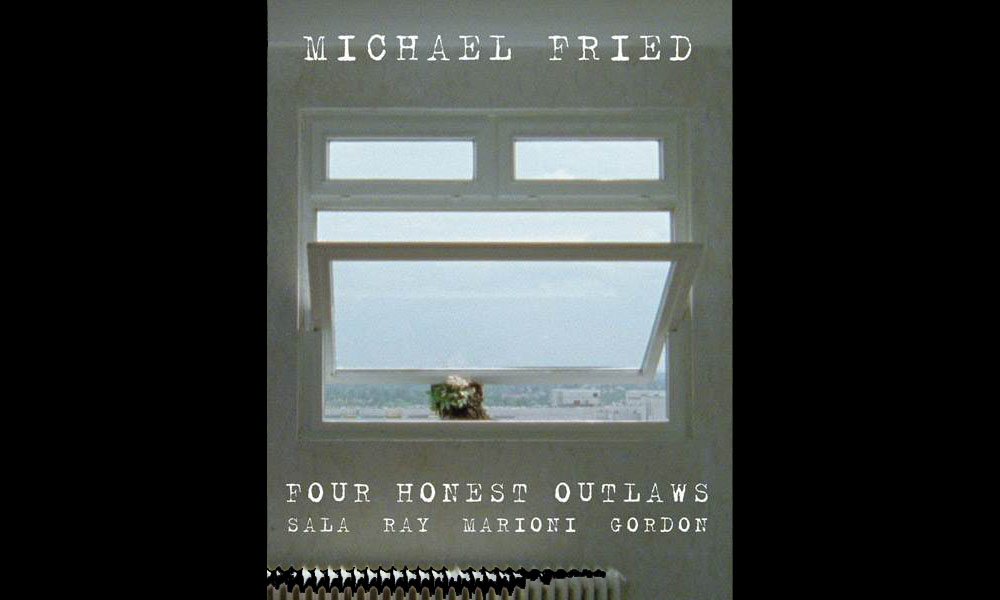On Friday afternoon, I received an informal invitation to sit in on a lecture organized by two local institutions featuring Michael Fried, the legendary art critic and historian who authored several influential and insightful books including Art and Objecthood, Why Photography Matters as Art as Never Before, Absorption and Theatricality; Painting and the Beholder in the age of Diderot and Four Honest Outlaws: Sala, Ray, Marioni, Gordon (which is currently on my Amazon wish list).
The arts writer part of me became giddy to meet an inspiration and major figure in the field. The artist part of me was anxious to hear about his take on contemporary issues in the art world, like art as it’s experienced through the screen, contextualized through the internet and negotiated over social media. Honestly, I had no idea what to expect, but assumed he’d speak about photography or his criticism and essays from the 60s and 70s, and aim some of these ideas at a student audience.
Arriving a little early, the room had only one occupant and a conference room donut of tables. Perhaps this would be a discussion with the writer, an open forum on trends in painting, the biennial, or the BMA exhibition of Anri Sala’s work that Fried is slated to curate? I still wasn’t sure of the topic or format, but the equality and conversational access suggested by the seating seemed promising.
The room filled out and the speakers were introduced. Instead of just Mr. Fried, two male graduate students announced that painter Joseph Marioni, whose layered monochrome paintings Fried writes about (along with Anri Sala, Charles Ray and Douglas Gordon) in Four Honest Outlaws, would also be speaking – fantastic! But things immediately got off to a rough start. Marioni passed around a single catalog to the room, announcing that he would not be showing slides of his paintings because he “makes paintings, not technology.” However, throughout the talk, both Marioni and Fried often lamented their inability to point to a painting to show attendees.

The entire lecture was peppered with self-aggrandizing comments about Marioni’s paintings, and his ability to “capture liquid light,” his process as a body-transfer, and his “sensitivity to the medium of painting,” all of which were to be expected. The lecture also included, as it was politely put in an apology email sent out by the organizers, “casual chauvinism and homophobia” that left the audience somewhat flabbergasted.
Despite speaking to a diverse audience (in gender, age, and background), Fried and Marioni cited only the works of other white men (with the exception of Agnes Martin whom Marioni included in a list of people who were too dependent on “drawing” in their paintings) and waxed poetic about daylight at the Louvre during trips to Paris. Marioni compared the need to experience a painting in its entirety, rather than get caught up in the details, with the need to look at a beautiful woman, rather than looking up her skirt.
The Q&A followed suit: in response to my question about whether each painting should be experienced individually, as to not interfere with the specific colors and light quality achieved in each work, and whether that presents problems for exhibiting the paintings, Marioni was dismissive and Fried effectively told me that paintings hang on a wall.
A question from the man sitting next to me about natural versus artificial light and how that affects the experience of the work was given more consideration and eventually led Marioni to conclude: “My paintings are like flowers, they open up in the sun.”
As a female artist in 2014 who has been tremendously fortunate to receive support, honest criticism and thoughtful feedback from my academic community and from professional colleagues at all levels of their career, this was frustrating and a little shocking. I didn’t necessarily expect to be treated as an equal to the speakers, respecting their experience and age, but I definitely expected equal treatment amongst my peers from the guest artist and writer – and really, it is never wrong to expect general civility and tolerance in an academic setting.
So, in this first issue of Art Crush, to appear on Mondays on Bmoreart, I have to admit that I went in with a crush and came out ‘crushed.’ I still hold Fried’s writings dear, and in full disclosure, I did ask him to take a picture with me. He refused, because he doesn’t like pictures, and instead talked about ultimate frisbee with some of his Hopkins students. Marioni ignored me and a colleague as we waited to ask him questions about Allen McCollum and James Turrell, so we left.
All in all, I prefer Fried in print, and, cringe all he wants, Marioni on the internet.







